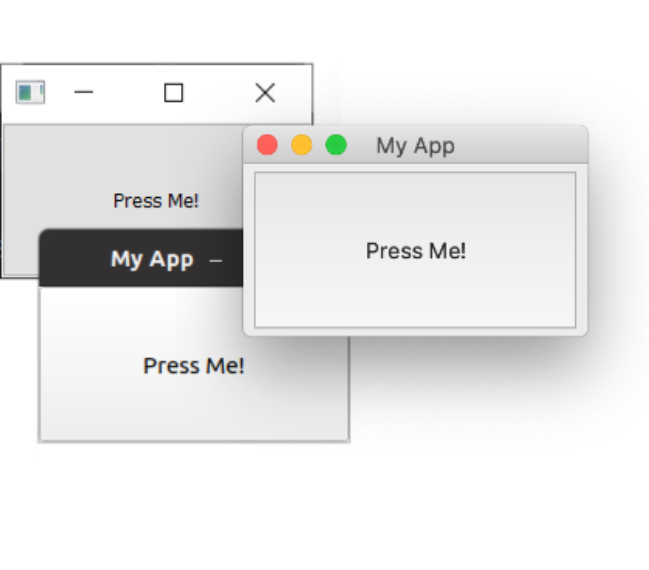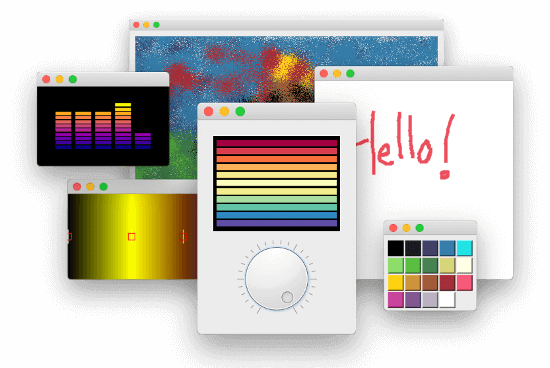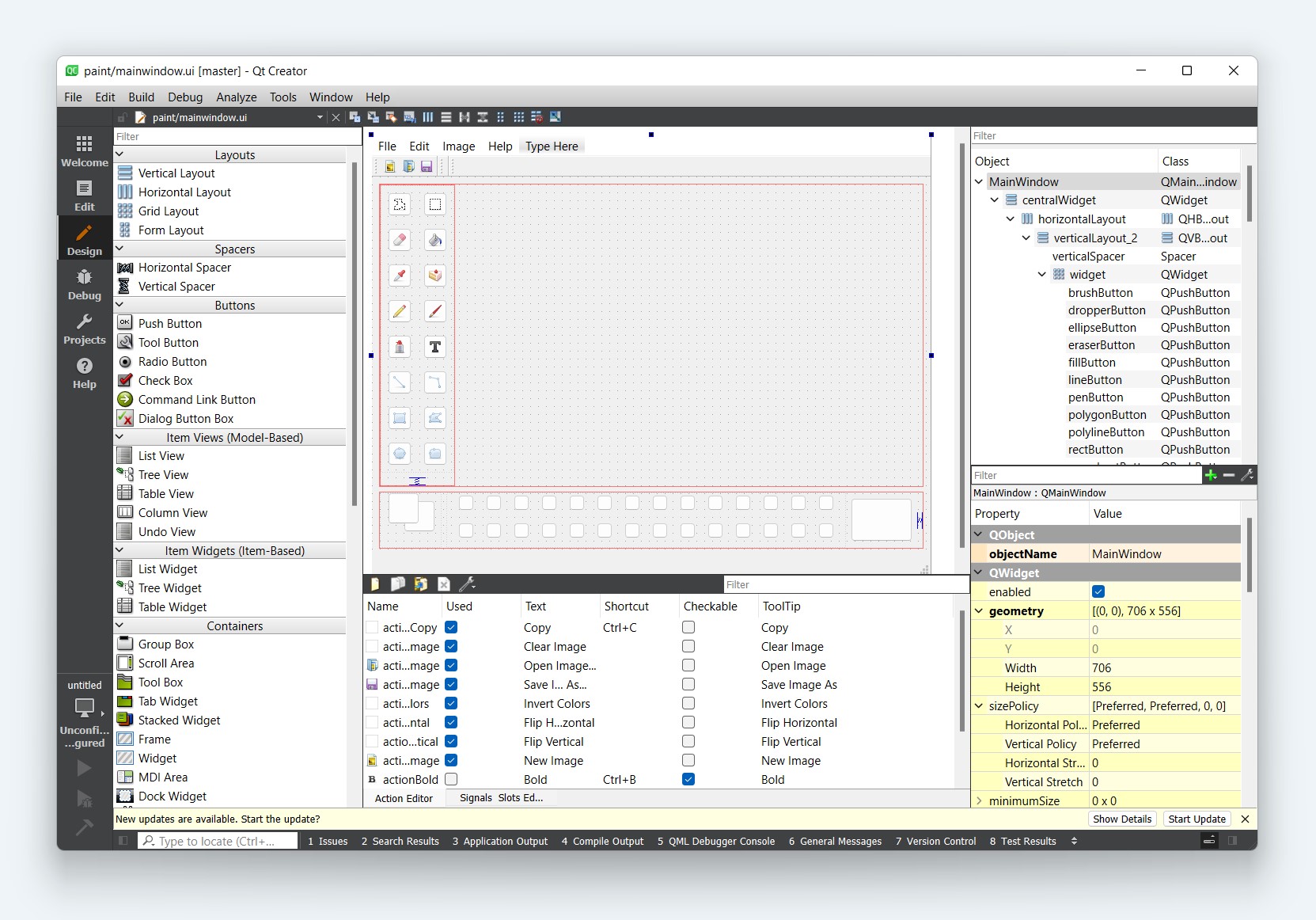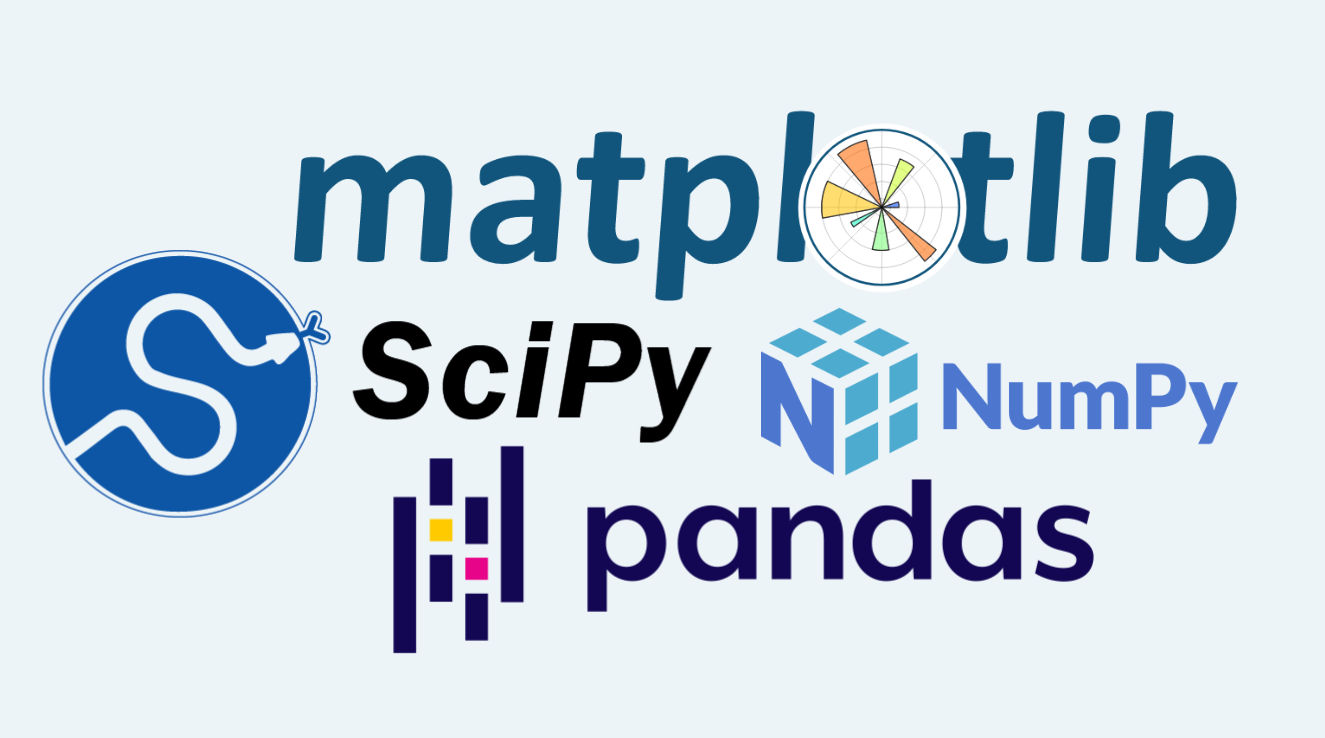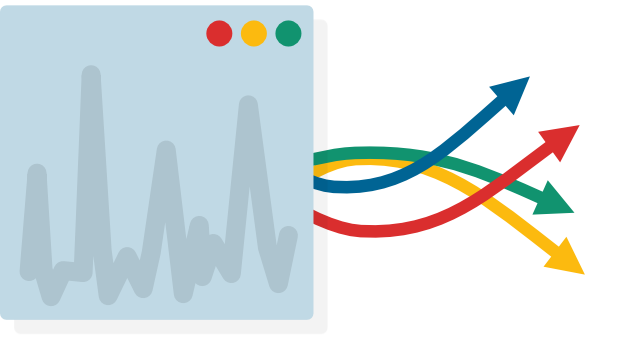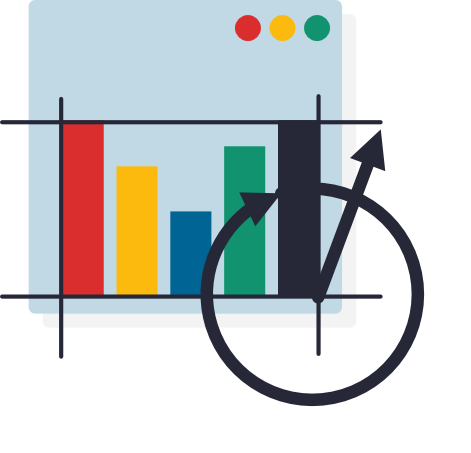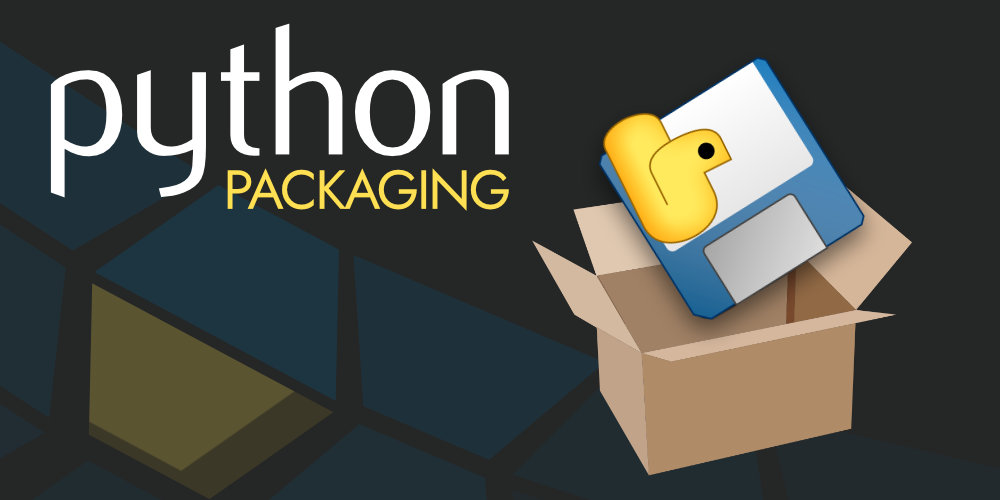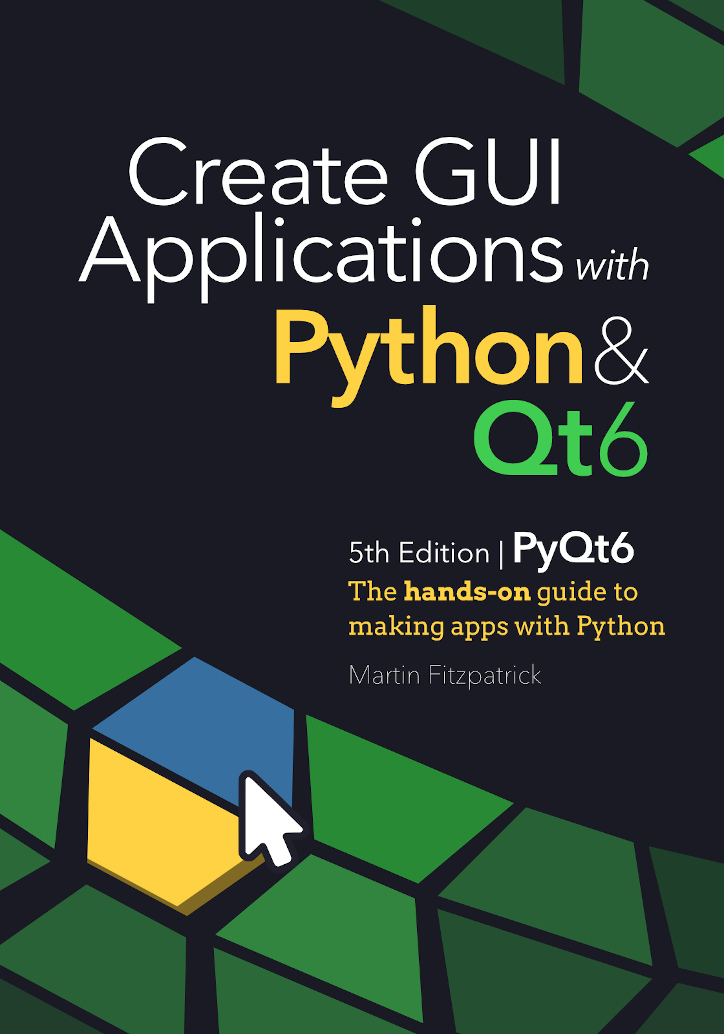Want to create Python GUIs? Here is everything you need to go from simple UIs to complete apps with PyQt6.
Building GUI applications with Python doesn't have to be difficult. In this tutorial I'll walk you step by step from simple Python GUIs to real useful apps.
By the end of the tutorial you'll be able to make your own applications, design professional UIs and even create installers and packages to share your apps with other people.
PyQt6 is a Python GUI framework for creating GUI applications using the Qt toolkit. Created by Riverbank Computing, PyQt is free software (GPL licensed) and has been in development since 1999. The latest version PyQt6 was released in 2021.
This tutorial requires some basic Python knowledge, but no experience with GUI programming.
